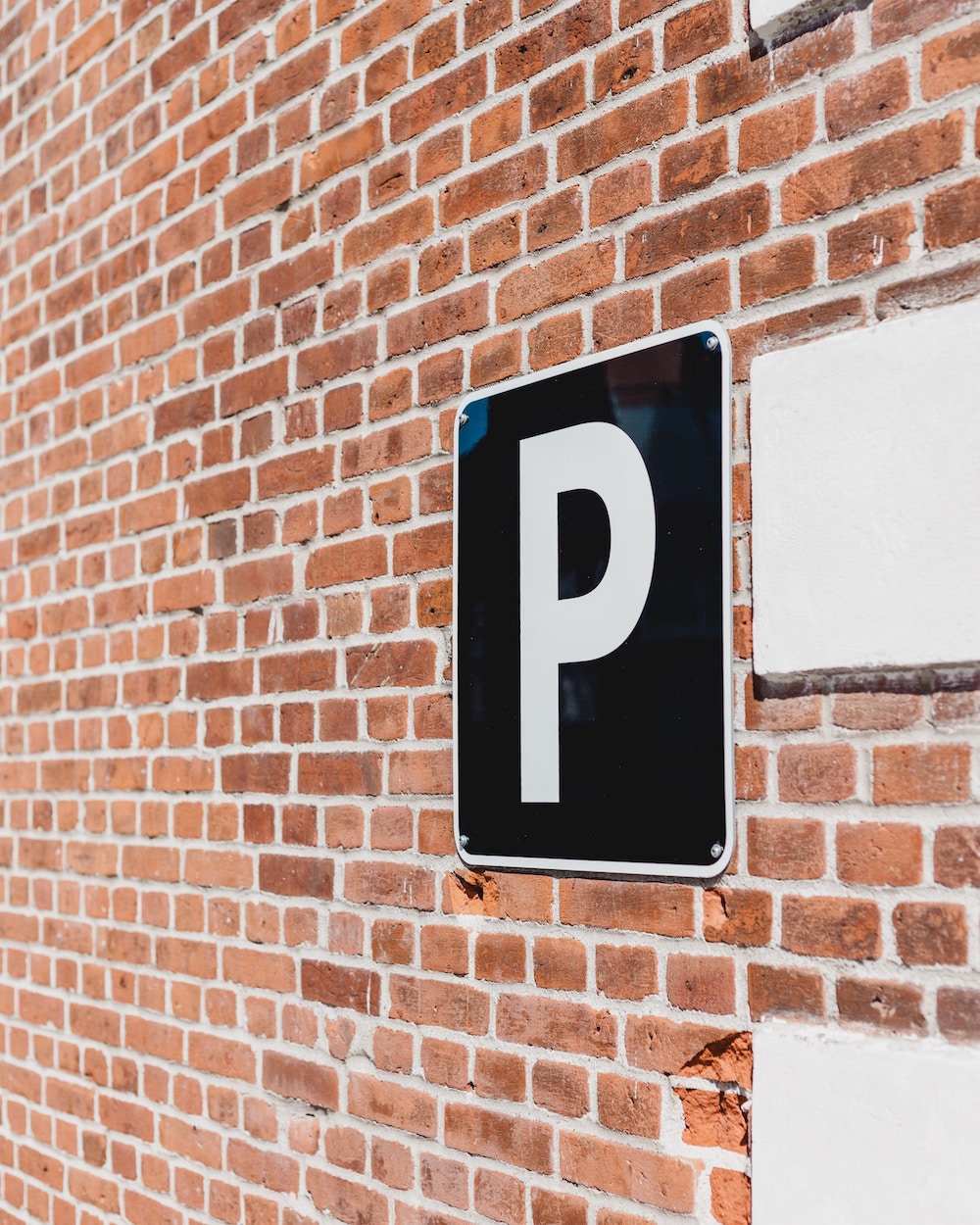Paving stone impregnation – when to do it?
Paving stone impregnation – when to do it? When deciding to arrange the area around the house, we often use the option of paving stones. It is not only functional, giving wide possibilities for the arrangement of paths or driveways, but also looks extremely aesthetic. Making it of concrete often means that we consider that it does not require any additional actions. However, this is wrong. If we want our garden to please our eye and the eye of our neighbors for many years, we must take measures to protect and care for this material. The question is – where to start? How to secure paving stones and when is the best time to do it?
Periodic care
Before you make any attempt to secure the paving stone, you must prepare it well for it. Concrete, although considered a material of high durability, requires periodic maintenance. This care mainly concerns the removal of weeds from the cracks of the cube, which significantly weaken its strength, and additionally make the driveway or sidewalk look simply unsightly. Mosses and lichens are a significant problem, especially visible in wet and sun-exposed places.
- https://www.edustrada.pl/ozonowanie-pojazdow-czy-warto-je-wykonac-i-ile-kosztuje/
- https://www.sep.biz.pl/esperal-w-poznaniu/
- https://pspi.org.pl/kupony-promocyjne-online-jak-odroznic-te-prawdziwe-od-falszywych/
Green fluff, although natural, is not a welcome guest in our garden. Also, individual plants that look like ankle joints should be removed. It is best to start inspecting the garden in early spring, when the weather outside begins to add up and the snow will completely melt from our concrete driveway.In addition, all actions must be performed with a washer or herbicidal preparation that will not only weaken the outer part of the flower or grass, but also sprinkle its root system. We will then be sure that such care will provide us with peace of mind from unwanted guests for a long time. Unlike removing weeds mechanically.
This is the first step in securing the paving stone . Then we can carefully study the standard of the purchased concrete product and start our own impregnation.
- fotowoltaika24.biz.pl/oferta/fotowoltaika-slupsk/
- wieczory-panienskie.waw.pl
- serwis-telefonow24.waw.pl
Paving stone impregnation – when?
There are two approaches to this type of activity. There are those who ask the question – How to protect paving stones?, they answer – not at all, as well as those who are its strong supporters, imposing only certain rules for the use of appropriate preparations. In fact, each paving stone is already perfectly adapted to use it constantly in sunny, humid places and exposed to other external factors. In addition, each product should be equipped with a water absorption feature, at a minimum level of 6%. This value may differ depending on the manufacturer of the paving stone, but it is optimal so that the garden will enjoy a beautiful and aesthetic appearance for many years. However, this does not mean that security is not necessary. There are cases where the manufacturer did not foresee, or at least did not do it sufficiently. If the paving stones in the vicinity of our home are exposed to additional factors,such as motor oil or grease, then impregnation will become a necessity. If we want to prevent unsightly dark spots from appearing on it.
So let’s get to the point – how to protect the paving stonesby yourself so as not to expose it to the risk of stains and cracks? First, take a look at the date the cube was manufactured. Concrete must harden properly, and the time needed to achieve maximum strength can be up to about a month. Then check, by carefully examining the ankle, that there are no white efflorescences on it, i.e. a natural bloom that occurs during the maturation of concrete. If you see them, postpone the impregnation. Too early, it will clog the capillary channels, and thus prevent the exudation from exiting the ankle. Also remember that such white spots may appear not only when the concrete matures, but also in the case of a poor cube foundation. Then the problem of the substrate should be removed first, and then the impregnation should be dealt with.
Ways to protect paving stones
Performing the impregnation of paving stones is a temporary procedure. You should remember to repeat it regularly and perform it in favorable conditions. What does it mean? In order to protect the cobblestones well, the entire procedure should be performed at positive temperatures and be careful that within 5 hours from the moment of the procedure, our ankle is not exposed to too much strong sun or rainfall. We perform the treatment on a previously cleaned cube of weeds, sand and dust. The preparations available on the market offer application both with a roller and with a pressure washer.
It remains for us to choose the right preparation. We can distinguish three types here – water-based, silicone and polymer products. They differ in durability and aesthetic effects after application. Water-based impregnations are the least durable, but they are characterized by a low price, and polymer protections protect the longest, but will not have a positive effect on the appearance of the ankle. Let’s choose what we need most. And remember that in order to protect the paving stones well , the treatment should be repeated at least once a year.
















